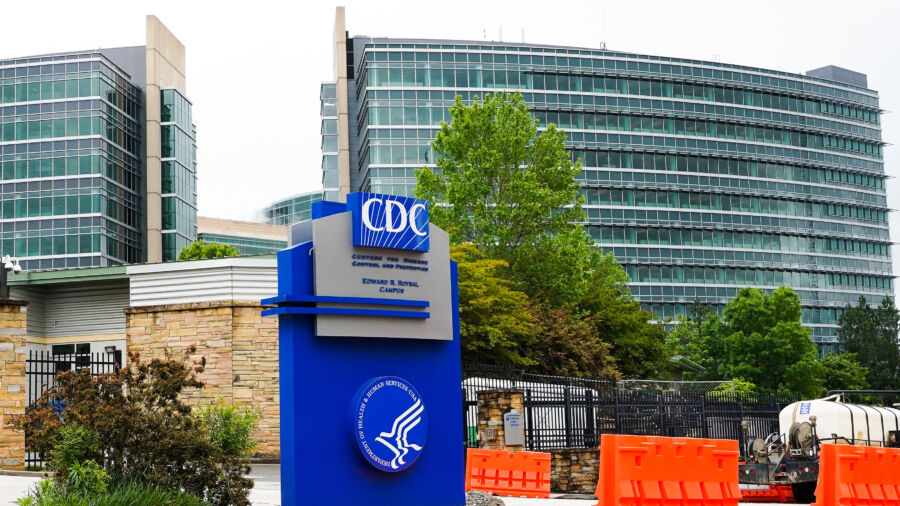The Centers for Disease Control and Prevention (CDC) saw a rise in rare but serious meningococcal infections among patients with human immunodeficiency virus (HIV) in 2022, according to preliminary data published on June 15.
A total of 29 meningococcal disease cases in the United States were reported among persons with HIV in 2022, accounting for approximately 9.8 percent of all cases, although that figure may increase once reporting is complete.
In 2017–2021, 5 to 15 meningococcal disease cases were reported each year among persons with HIV, representing 1.5 percent to 4.3 percent of all meningococcal disease cases annually, according to the CDC.
The findings are based on preliminary data from the National Notifiable Diseases Surveillance System, and additional epidemiologic information and isolates obtained through Enhanced Meningococcal Disease Surveillance.
Meningococcal disease is a serious bacterial infection caused by the bacteria Neisseria meningitidis.
While about 1 in 10 people have these bacteria in the back of their nose and throat and are asymptomatic, sometimes the bacteria can invade the body, infecting the lining of the brain and spinal cord and causing swelling, known as meningococcal disease.
Symptoms of Meningococcal Infections
The two most common types of meningococcal infections are meningitis and septicemia, both of which are serious and can cause death within hours, according to the CDC.
The bacteria is spread through contact with an infected person’s saliva or spit through coughing or kissing or lengthy contact. Symptoms include fever, headache, nausea, vomiting, a stiff neck, cold hands, and feet, photophobia (increased sensitivity to light), and confusion.
Once the disease enters the bloodstream, other symptoms may include a dark purple rash.
As symptoms of meningococcal disease are similar to those of other more common illnesses, they can sometimes be difficult to diagnose, according to the CDC, although a health professional will be able to diagnose the deadly infection by taking samples of blood or cerebrospinal fluid (fluid near the spinal cord) and then prescribe antibiotics.
However, even with antibiotic treatment, 10 to 15 in 100 people with meningococcal disease still die, according to the CDC, and up to 1 in 5 survivors suffer long-term disabilities, such as the loss of limbs, deafness, brain damage, and damage to the nervous system.
Those at risk of meningococcal disease include individuals with a low CD4 count—a type of white blood cell that helps fight infection—and those with a high viral load such as HIV patients.
Vaccinations Remain Low
For those individuals, the CDC recommends a two-dose series of the MenACWY vaccine, which protects against four strains of meningococcal bacteria that can cause meningitis and blood poisoning.
Despite the recommendation, the CDC says that vaccination among patients with HIV remains low.
According to the CDC, between January 2016 to March 2018, just 16.3 percent of individuals with HIV received one or more doses of the vaccine within two years of being diagnosed.
Among the 29 meningococcal disease cases among persons with HIV last year, 22 had not received the MenACWY vaccine, six had unknown MenACWY vaccination history, and one had received MenACWY vaccine, but the number of doses received was unknown.
Additionally, 15 of the 29 cases reported last year were part of a large “serogroup C outbreak” that occurred primarily among men who have sex with men.
The latest data comes after the CDC last year urged gay and bisexual men living in Florida to get vaccinated amid an outbreak of the disease.
In March, the Virginia Department of Health said that an outbreak of meningococcal disease had resulted in the death of three people in the state, indicating that the strain “might cause more severe illness” than is usually seen.
The deaths occurred between one to six days after symptoms began, health officials said, adding that the strain is “also believed to be circulating more widely, both in Virginia and other states.”
From The Epoch Times


